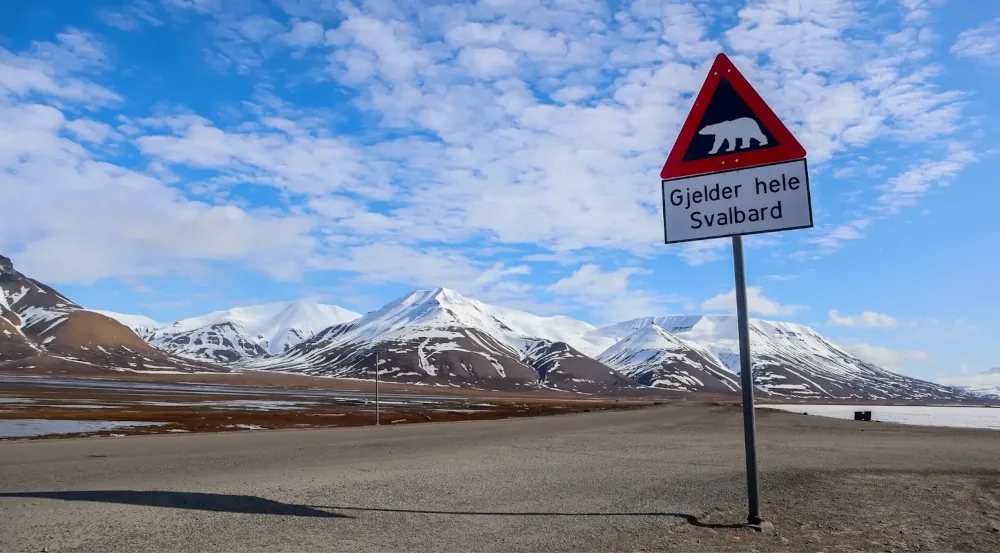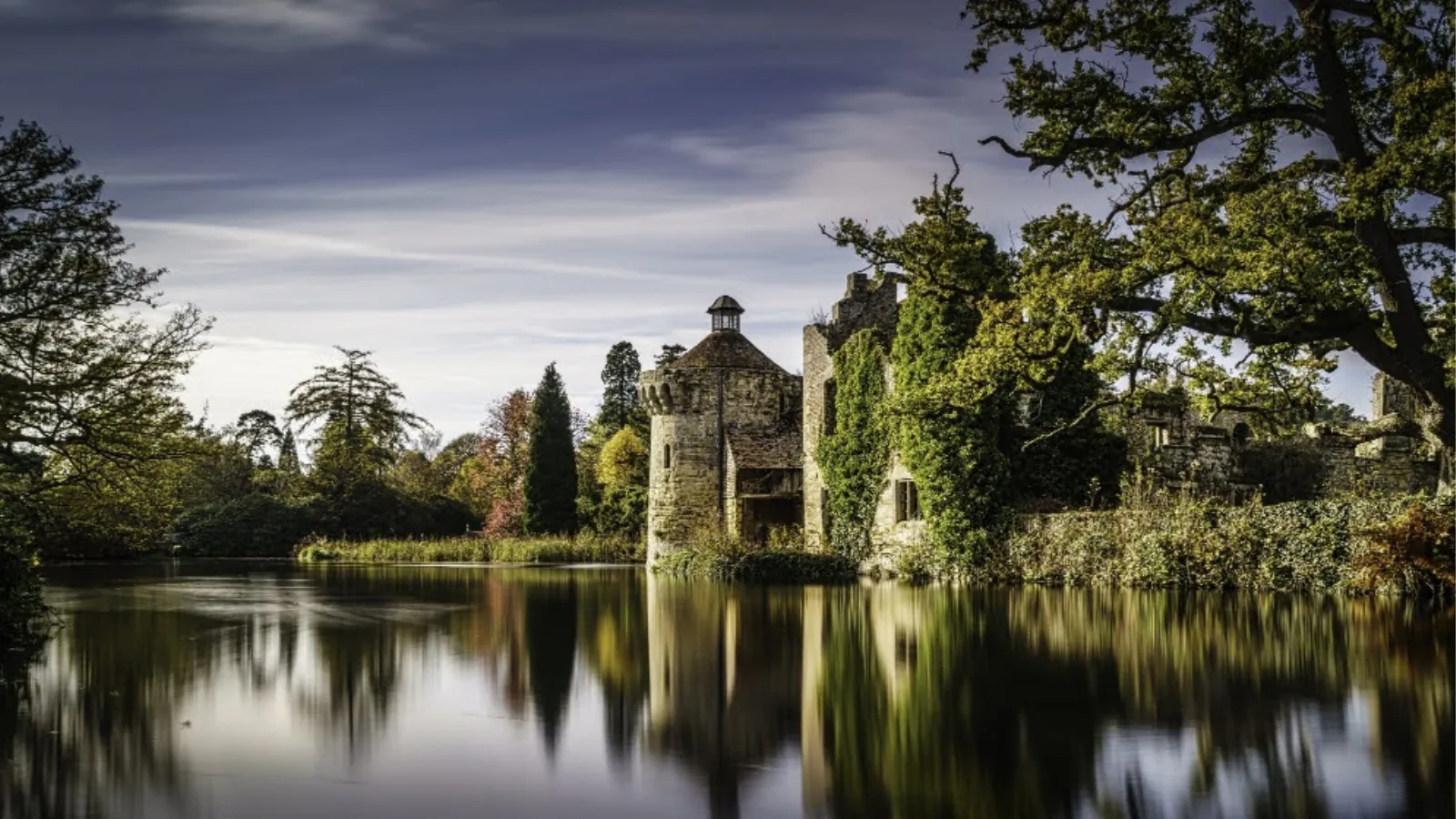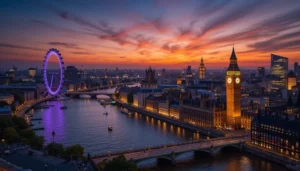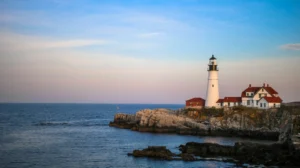Svalbard lacks both fancy holiday resorts and overrun tourism paths, yet this untouched quality attracts visitors. Longyearbyen serves as the northernmost settlement in existence. The Arctic town has below 3,000 inhabitants while delivering snow-bound accommodations together with tasty food and fire safety guidelines. The area beyond Longyearbyen demands both tour guide supervision and weapon protection in order to safely enter polar bear habitats. The reason behind prohibiting independent exploration is sound. The untamed state of the wilderness retains its natural, primitive elements. Wasting a glimpse of a polar bear in this place becomes a rare encounter since it feels like encountering untamed nature.
For travelers curious about unique destinations that balance nature and safety, see Belfast travel tips which highlight a different kind of experience.





















